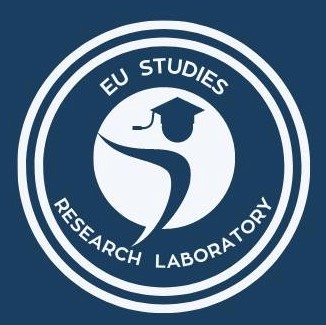Steps in research method

Research is a systematic way of answering questions about the world. It is intended to increase knowledge about the process of developing an understanding of the natural laws governing the universe; innovations or new ideas; commitment and technological advantages, which will improve the welfare of humanity.
Everybody takes part in some type of research. As individuals communicate with the world, they characterize explicit issues, gather data (information), examine the information, and settle on choices based on the information they obtained. This procedure can happen casually, now and again, or unconsciously. It is normally not logical and will in general be mistake inclined, thus, the idea of learning by experimentation. Scientifically, organized research has clearly defined characteristics that must be deliberately and unbiasedly pursued. Furthermore, the non-scientific examination is inclined to an assortment of distorting factors.
Any research consists of the following steps:
Step 1. Identify the research problem
The first step in the scientific method is usually characterized by realizing that some problem exists. This manifests in the form of a question that troubles the mind.
Step 2. Clarify and contextualize the problem
By participating in discussion and studying or reviewing current literature on what one is exploring, the issue is illuminated and the nature and specifics of interest of the problem are identified. As the issue is clarified, the underlying inquiry prompts more inquiries and the dynamic illumination of variables that may influence the examination of the underlying problem begins to improve our understanding and show increasing complexity.
Step 3. Develop a research design
This entails all activities the researcher engages in when planning an arrangement for the exploration. A set of research questions or a theory should be detailed as informed speculation about the conceivable responses to the issue. Now in the examination structure, the researcher has two differentiating approaches that offer them alternative courses in the advancement of the plan. The researcher may select the interpretive-inductive methodology where they start to observe before arriving at conceivable clarifications or they may select the hypothetical deductive methodology where the starting point is a hypothesis or a theory.
Step 4. Examine the data collected for the underlying patterns
When the research design is finished and information gathered, the researcher needs to inspect the information for fundamental patterns that recommend answers to the research exploration questions or test the adequacy of the hypothesis using proper statistical devices. Simultaneously, the researcher needs to perceive how the discoveries of the examination hypothesis and the mind in the field affect the theory or hypothesis.
Step 5. Interpret the findings
The progression includes the understanding of the discoveries and generalization of the conclusion to the bigger collection of knowledge about the phenomenon. One of the objectives in this phase of the examination is to contribute change or expound on existing exploration and hypotheses in the field. This procedure may recommend strategies to discover the context of the problem.
David Annan: "A GUIDE TO RESEARCH WRITING".





